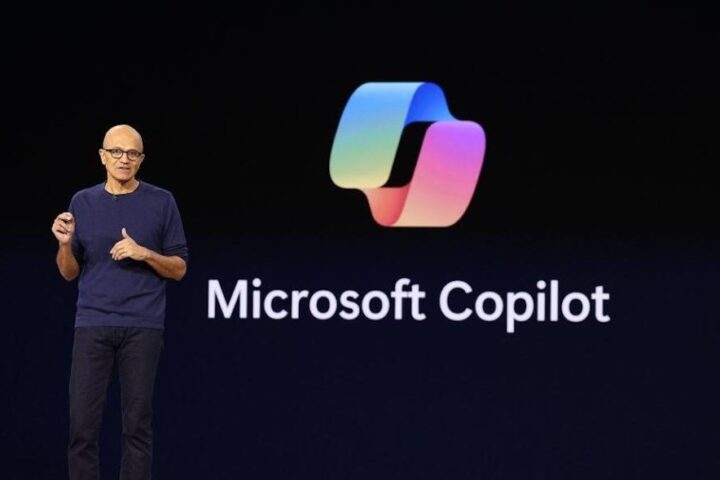 The UK is making waves in computer science with the launch of the UK Multidisciplinary Centre for Neuromorphic Computing. Spearheaded by Aston University and backed by a £5.6 million investment from the UKRI Engineering and Physical Sciences Research Council (EPSRC), this centre aims to reshape computing by harnessing the energy-saving potential of brain-inspired technology. If you’ve ever wondered how we might cut the power hunger of today’s AI systems, consider that our own brain runs on about 20 watts—far less than what many traditional systems demand.
The UK is making waves in computer science with the launch of the UK Multidisciplinary Centre for Neuromorphic Computing. Spearheaded by Aston University and backed by a £5.6 million investment from the UKRI Engineering and Physical Sciences Research Council (EPSRC), this centre aims to reshape computing by harnessing the energy-saving potential of brain-inspired technology. If you’ve ever wondered how we might cut the power hunger of today’s AI systems, consider that our own brain runs on about 20 watts—far less than what many traditional systems demand.
In a bid to merge biology with next‑generation tech, the team is blending stem-cell-derived human neurons with computational models. This unique approach seeks to forge a new kind of computing—not only by mimicking the brain’s parallel processing capabilities but also by integrating photonic hardware that uses light to process data at incredible speeds and efficiency. As Professor Rhein Parri, co-director and neurophysiologist at Aston University, put it, “For the first time, we can combine the study of living human neurons with that of advanced computing platforms to co-develop the future of computing.”
The project brings together some of the UK’s top universities, including Oxford, Cambridge, Southampton, Queen Mary University of London, Loughborough, and Strathclyde. Their combined expertise in neuroscience, photonics, materials science, and cutting-edge algorithms sets the stage for an interdisciplinary breakthrough. Industry heavyweights—Microsoft Research, Nokia Bell Labs, BT, Hewlett Packard Labs, Thales, QinetiQ, Leonardo, and Northrop Grumman—are on board to ensure that these innovations find practical applications in sectors spanning defence, telecommunications, healthcare, and AI.
This initiative isn’t only a research venture—it’s a push towards a sustainable ecosystem of talent and global partnerships. By looking to the future, the centre is dedicated to not only advancing technology but also fostering a network that keeps the UK at the forefront of low‑energy, high‑efficiency computing. Whether you’re a tech enthusiast or a professional grappling with rising data demands, this project offers a promising blueprint for what’s next.








